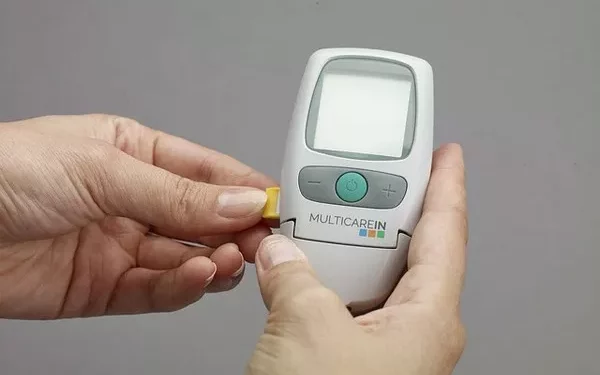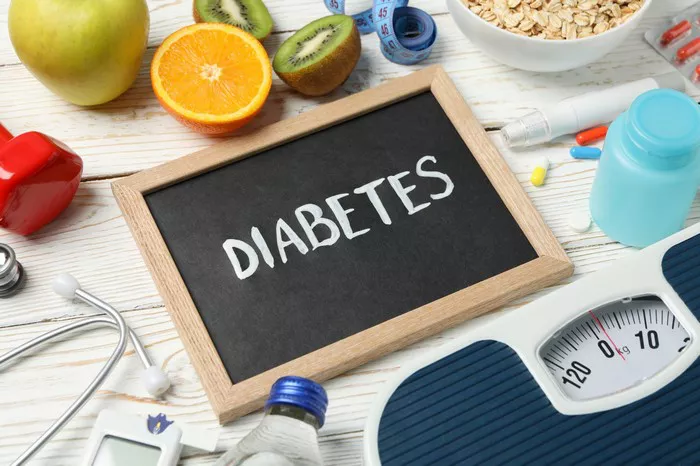Blood sugar, or blood glucose, is a key indicator of metabolic health. It is essential for providing energy to the body’s cells, particularly in the brain and muscles. The amount of glucose present in the bloodstream at any given moment is tightly regulated by hormones, especially insulin, which ensures that the levels remain within a normal range. In this article, we will delve into what constitutes normal blood sugar levels, how they are regulated, and what factors can cause them to deviate.
The Role of Glucose in the Body
Glucose is the body’s primary source of energy. When we eat foods that contain carbohydrates, such as bread, pasta, fruits, and even dairy products, the body breaks these down into glucose. This glucose is then absorbed into the bloodstream and transported to cells throughout the body. For glucose to enter cells and be used as fuel, it requires the presence of insulin, a hormone produced by the pancreas.
Insulin is critical in ensuring that blood sugar levels do not rise too high after eating. It acts like a key, allowing glucose to enter the cells, which in turn lowers the amount of sugar in the blood. This intricate system keeps blood glucose levels within a specific range, preventing spikes that can be harmful.
What is Normal Blood Sugar?
The term “normal” blood sugar can vary slightly depending on the individual, the time of day, and whether they have eaten recently. However, for a healthy person without diabetes, the American Diabetes Association (ADA) provides general guidelines for normal blood sugar levels:
Fasting Blood Sugar: A fasting blood sugar is measured after the individual has not eaten for at least 8 hours. The normal range for fasting blood sugar is typically between 70 mg/dL and 99 mg/dL (3.9 mmol/L to 5.5 mmol/L).
Postprandial Blood Sugar (After a Meal): Blood sugar levels rise after eating, but in a healthy person, they should not exceed 140 mg/dL (7.8 mmol/L) two hours after a meal.
Random Blood Sugar: A blood sugar test taken at any time of the day, without regard to food intake, should generally fall between 70 mg/dL and 140 mg/dL (3.9 mmol/L to 7.8 mmol/L).
If blood sugar levels are consistently higher than these values, it may indicate insulin resistance or diabetes, and further testing would be required to determine the cause.
Factors Influencing Blood Sugar Levels
Blood sugar levels are not static and can be influenced by a variety of factors. Some of the primary factors include:
1. Diet
What we eat has a direct impact on blood sugar levels. Foods rich in carbohydrates, particularly simple carbohydrates such as sugars and refined grains, cause blood sugar levels to rise rapidly. Complex carbohydrates, such as whole grains, take longer to digest, leading to a slower, more controlled increase in blood sugar.
Protein and fat have a minimal direct impact on blood sugar but can influence it indirectly by slowing down the digestion and absorption of carbohydrates.
2. Physical Activity
Exercise plays a crucial role in regulating blood sugar. During physical activity, the body’s muscles use glucose for energy, which helps lower blood sugar levels. Regular physical activity can improve insulin sensitivity, allowing the body to use insulin more effectively. As a result, glucose enters the cells more efficiently, and blood sugar levels remain stable.
3. Hormonal Fluctuations
Several hormones other than insulin also affect blood sugar levels. For instance, glucagon, which is produced by the pancreas, helps raise blood sugar levels when they are too low by prompting the liver to release stored glucose. Stress hormones such as cortisol and adrenaline can also raise blood sugar by signaling the body to release more glucose into the bloodstream.
4. Medications
Certain medications, including corticosteroids, beta-blockers, and antipsychotics, can interfere with blood sugar regulation, leading to elevated levels. Diabetic medications, particularly insulin and oral hypoglycemic agents, are designed to help keep blood sugar within a normal range for people with diabetes.
5. Illness and Stress
Physical stress, such as illness or infection, can cause blood sugar levels to rise. This is because the body releases stress hormones, which increase glucose production. Psychological stress also triggers the release of cortisol, which can lead to higher blood sugar levels.
Understanding Blood Sugar Variations
It is normal for blood sugar levels to fluctuate throughout the day. Factors such as the time since your last meal, the type of food consumed, activity level, and stress can all influence glucose levels. For example:
After a meal: Blood sugar levels typically rise after eating as the carbohydrates from food are broken down into glucose. However, in individuals with normal insulin function, the increase is temporary, and insulin ensures that blood sugar returns to normal within a few hours.
In the morning: The “dawn phenomenon” refers to a natural rise in blood sugar that occurs in the early morning hours, typically between 4 and 8 AM. This is due to the release of growth hormones, cortisol, and other regulatory substances that cause the liver to release glucose. Most people with healthy insulin function can counterbalance this effect, but individuals with diabetes may notice higher blood sugar levels in the morning.
Diagnosing Abnormal Blood Sugar Levels
When blood sugar levels deviate from the normal range, this can be a sign of metabolic issues. Common conditions associated with abnormal blood sugar include:
1. Prediabetes
Prediabetes is a condition where blood sugar levels are higher than normal but not yet high enough to be classified as diabetes. The fasting blood sugar levels for someone with prediabetes typically range from 100 mg/dL to 125 mg/dL (5.6 mmol/L to 6.9 mmol/L). If left untreated, prediabetes often progresses to type 2 diabetes, but lifestyle changes can prevent this progression.
2. Type 1 Diabetes
Type 1 diabetes is an autoimmune condition in which the body attacks the insulin-producing beta cells of the pancreas. As a result, the body cannot produce sufficient insulin, and blood sugar levels rise uncontrollably. People with type 1 diabetes must take insulin to manage their blood sugar levels. Fasting blood sugar levels in untreated type 1 diabetes can exceed 126 mg/dL (7 mmol/L), and postprandial levels can exceed 200 mg/dL (11.1 mmol/L).
3. Type 2 Diabetes
Type 2 diabetes occurs when the body becomes resistant to insulin, or when the pancreas cannot produce enough insulin to maintain normal blood sugar levels. The fasting blood sugar level for a person with type 2 diabetes is 126 mg/dL or higher, while postprandial levels may exceed 200 mg/dL.
4. Gestational Diabetes
Gestational diabetes occurs during pregnancy and is caused by hormonal changes that lead to insulin resistance. Like type 2 diabetes, gestational diabetes can result in high blood sugar levels, which may be harmful to both the mother and the baby. A diagnosis of gestational diabetes is usually made when fasting blood sugar exceeds 92 mg/dL (5.1 mmol/L), or when blood sugar two hours after a glucose tolerance test exceeds 153 mg/dL (8.5 mmol/L).
Monitoring Blood Sugar Levels
Regular monitoring of blood sugar is crucial for individuals with diabetes and those at risk of developing the condition. Monitoring can be done through various methods:
1. Self-Monitoring of Blood Glucose (SMBG)
People with diabetes often use glucose meters to check their blood sugar levels multiple times a day. This involves pricking a finger to obtain a small drop of blood, which is then placed on a test strip. The glucose meter provides a reading within seconds. SMBG is essential for people on insulin therapy or those who need to track their blood sugar closely to adjust their diet, exercise, and medication.
2. Continuous Glucose Monitoring (CGM)
Continuous glucose monitors are wearable devices that measure glucose levels in real-time throughout the day and night. A small sensor is inserted under the skin, which transmits glucose readings to a receiver or smartphone app. CGM systems provide a more comprehensive view of glucose trends, alerting users to high or low blood sugar levels.
3. HbA1c Testing
The HbA1c test provides an average of blood sugar levels over the past two to three months. It measures the percentage of hemoglobin (a protein in red blood cells) that is coated with sugar. The normal range for HbA1c is below 5.7%. A reading of 5.7% to 6.4% indicates prediabetes, while a reading of 6.5% or higher suggests diabetes.
See also: What Indian Food Should Diabetics Eat?
Conclusion
Maintaining normal blood sugar levels is vital for overall health, as both high and low blood sugar levels can lead to serious complications. For healthy individuals, fasting blood sugar should range between 70 mg/dL and 99 mg/dL, while postprandial levels should not exceed 140 mg/dL. Variations in these levels can signal the onset of diabetes or other metabolic conditions, making it essential to monitor and manage blood glucose effectively.
By understanding what constitutes normal blood sugar and how it is regulated, individuals can take proactive steps to maintain optimal metabolic health, through lifestyle changes, diet, and, when necessary, medication. Proper monitoring and early intervention can prevent the development of diabetes and its associated complications, ensuring a healthier future.
Related topics:
What Foods Diabetics Should Eat And Avoid



























